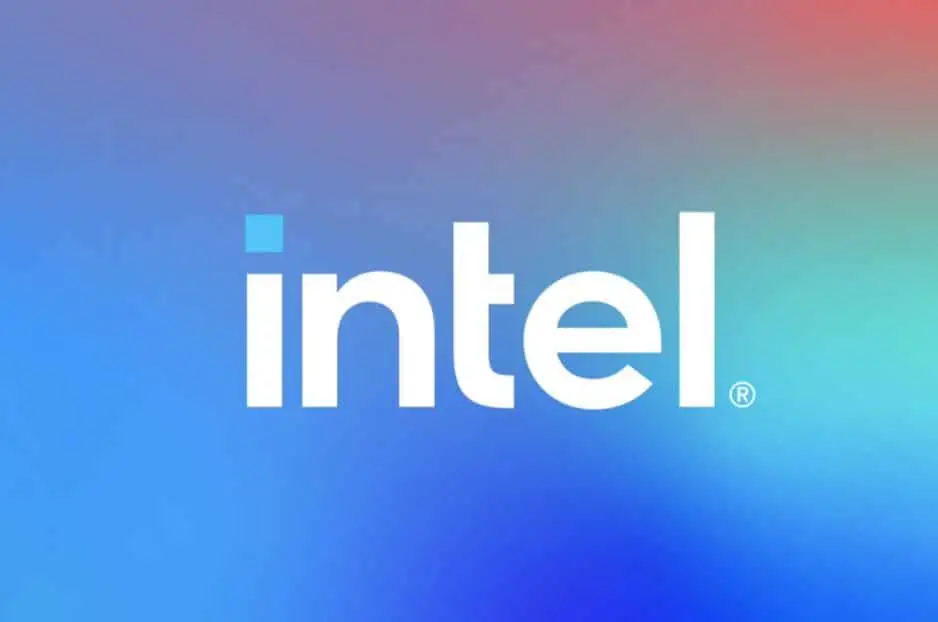This guide will walk you through updating all Intel drivers, including audio, video, network, and other critical components. Similar to AMD drivers and Nvidia drivers, these steps will help you maintain your system’s health and ensure all your motherboard’s hardware runs smoothly.
Table of Contents
Updating your Intel drivers is essential for maintaining optimal performance, stability, and security on your PC. This comprehensive guide also covers how to update drivers for disk drives, firmware, interface devices, network adapters, and more.
How to Update Intel Drivers
Updating drivers can: enhance system performance, fix bugs and security vulnerabilities, ensure compatibility with new software, and improve hardware functionality. Here are the steps to update all intel drivers:
1. Identify Your Intel Drivers
Before you start updating, you need to identify which Intel drivers are installed on your system. Here’s how:
- Open Device Manager: Press
Win + Xand selectDevice Manager. - Locate Intel Components: Check categories such as “Processors,” “Network adapters,” “Display adapters,” and others for Intel devices.
2. Download Intel Driver & Support Assistant
The Intel Driver & Support Assistant (IDSA) is a tool that automatically detects and updates your drivers.
- Visit the Intel Download Center: Go to the Intel Download Center.
- Download IDSA: Search for “Intel Driver & Support Assistant” and download the tool.
- Install IDSA: Run the downloaded file and follow the installation instructions.
3. Run Intel Driver & Support Assistant
- Open IDSA: Launch the tool from your desktop or start menu.
- Scan for Updates: Click on “Check for new drivers” to scan your system.
- Review and Install Updates: The tool will display available updates. Select the drivers you wish to update and click “Install.”
4. Manual Update Through Device Manager
For specific drivers or if IDSA doesn’t detect certain updates, you can manually update drivers via Device Manager.
- Open Device Manager: Press
Win + Xand selectDevice Manager. - Select the Driver to Update: Right-click the device (e.g., “Intel Display Adapter”) and select “Update driver.”
- Choose Update Method: Select “Search automatically for updated driver software” to let Windows find the driver, or “Browse my computer for driver software” if you have already downloaded the driver from Intel’s website.
5. Updating Audio, Network, and Other Specific Drivers
- Audio Drivers (Sound Input/Outputs): Look under “Sound, video, and game controllers.”
- Display Adapters: Find “Display adapters” and update your Intel Graphics.
- Network Adapters: Under “Network adapters,” right-click your Intel network device and update.
- Other Devices (Keyboards, Mice, etc.):For devices like keyboards, mice, and USB controllers, locate them in Device Manager and update accordingly. Right-click your audio device (e.g., “Intel High Definition Audio”) and update as described above.
6. Firmware and BIOS Updates
Updating firmware and BIOS can significantly impact system performance and stability. Check Intel’s website or your motherboard manufacturer’s site for updates and follow their instructions carefully.
Tips for Keeping Drivers Updated
- Regularly Use IDSA: Schedule regular scans with Intel Driver & Support Assistant to ensure you always have the latest drivers.
- Subscribe to Intel Updates: Sign up for notifications from Intel to stay informed about new driver releases.
- Check Manufacturer Websites: For non-Intel hardware, regularly visit the manufacturer’s website for updates.
Conclusion
Updating your Intel drivers is crucial for maintaining your PC’s performance and security. By following this guide, you can ensure all your drivers, from audio and video to network and USB controllers, are up to date. Regular maintenance with tools like the Intel Driver & Support Assistant will keep your system running smoothly and efficiently.
FAQ’s
Frequently Asked Questions:
Why should I update my Intel drivers?
Updating Intel drivers ensures optimal performance, security, and compatibility with the latest applications and hardware. It can also fix bugs, enhance stability, and introduce new features to your system.
How often should I update my Intel drivers?
It’s recommended to check for driver updates every few months or when experiencing issues with your hardware. Staying up-to-date with the latest drivers can prevent many common problems.
What is the Intel Driver & Support Assistant?
The Intel Driver & Support Assistant (DSA) is a utility that automatically detects and updates drivers for Intel components in your system. It simplifies the process by identifying your hardware and downloading the appropriate drivers.
How do I download the Intel Driver & Support Assistant?
Visit the Intel website, navigate to the Driver & Support Assistant section, download the tool, and install it on your computer. The DSA will scan your system and guide you through updating your drivers.
How do I update my Intel audio drivers?
To update Intel audio drivers, use the Intel Driver & Support Assistant or manually download the latest drivers from the Intel website. You can also update them through the Device Manager by selecting “Update driver” for your audio device.
How do I update Intel graphics drivers?
Use the Intel Driver & Support Assistant for automatic updates or manually download the latest graphics driver from the Intel website. Alternatively, update via Device Manager by right-clicking the display adapter and selecting “Update driver.”
What should I do if my monitor display adapters need an update?
Update monitor display adapters using the Intel Driver & Support Assistant or manually download the latest drivers from the Intel website. Ensure your operating system is up-to-date to avoid compatibility issues.
How do I update disk drivers for Intel storage solutions?
Update disk drivers by using the Intel Driver & Support Assistant or manually downloading the latest Intel Rapid Storage Technology (IRST) drivers from the Intel website. Install the drivers following the provided instructions.
How do I update Intel firmware?
Check the Intel website for firmware updates or use the Intel Driver & Support Assistant. Firmware updates are critical for maintaining hardware performance and security.
How can I update drivers for interface devices and IDE ATA/ATAPI controllers?
Use the Intel Driver & Support Assistant for automatic updates or manually download the latest drivers from the Intel website. Update via Device Manager if needed by selecting “Update driver” for each device.
How do I update drivers for keyboards, mice, and other pointing devices?
Update drivers for keyboards, mice, and pointing devices using the Intel Driver & Support Assistant. Alternatively, use Device Manager to update the drivers manually by selecting each device and choosing “Update driver.”
How do I update network adapter drivers?
Use the Intel Driver & Support Assistant for automatic updates or download the latest network adapter drivers from the Intel website. Install the drivers manually if necessary.
How do I update drivers for COM & LPT ports?
Update COM & LPT port drivers using the Intel Driver & Support Assistant or through Device Manager by right-clicking the ports and selecting “Update driver.” Manual downloads from the Intel website are also available.
How do I update print queue drivers?
Use the Intel Driver & Support Assistant to update print queue drivers or manually download the latest drivers from the printer manufacturer’s website. Ensure the Intel chipset drivers are also up-to-date for compatibility.
How do I update processor drivers?
Processor drivers are usually updated through Windows Update. Ensure your system is up-to-date and use the Intel Driver & Support Assistant for any additional updates.
How do I update drivers for security devices?
Use the Intel Driver & Support Assistant or manually download the latest security device drivers from the Intel website. Keeping security device drivers up-to-date is crucial for system protection.
How do I update software components and software device drivers?
Update software components and device drivers using the Intel Driver & Support Assistant. For specific software, visit the respective manufacturer’s website for the latest versions.
How do I update sound, video, and game controller drivers?
Use the Intel Driver & Support Assistant for automatic updates or manually download the latest drivers from the Intel website. Ensure your audio and video components are running the latest drivers for optimal performance.
How do I update storage controller drivers?
Update storage controller drivers using the Intel Driver & Support Assistant or by manually downloading the latest Intel Rapid Storage Technology (IRST) drivers from the Intel website.
How do I update Universal Serial Bus (USB) controller drivers?
Use the Intel Driver & Support Assistant for automatic updates or manually download the latest USB controller drivers from the Intel website. Ensure all USB devices are recognized and functioning properly.






